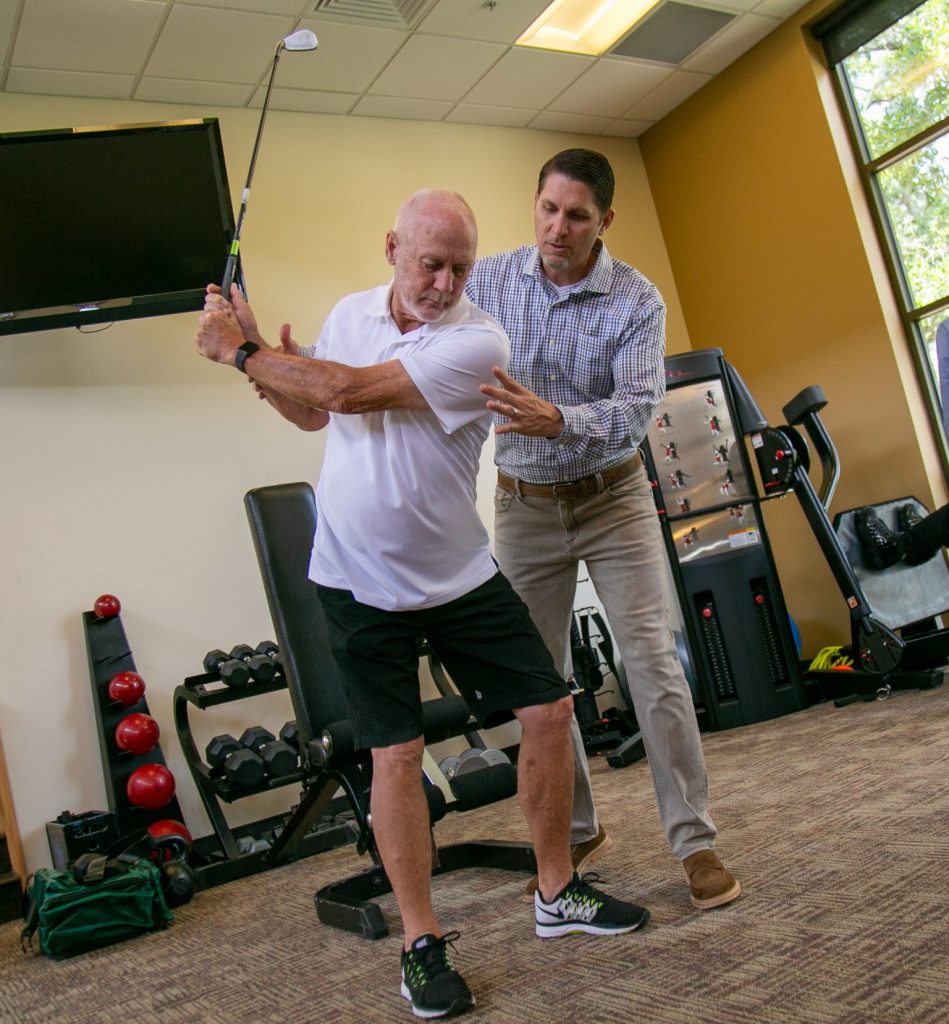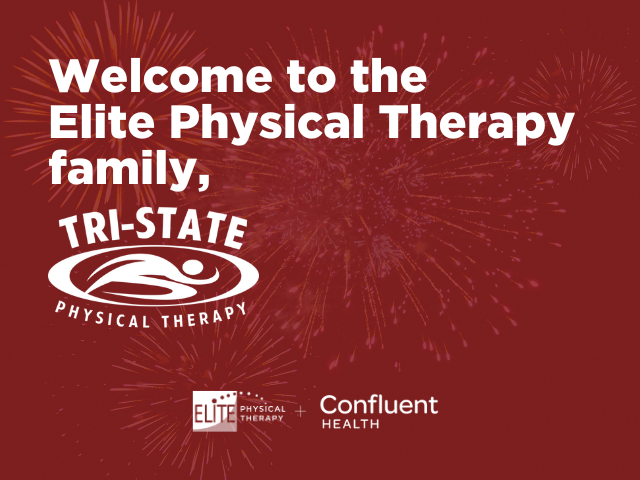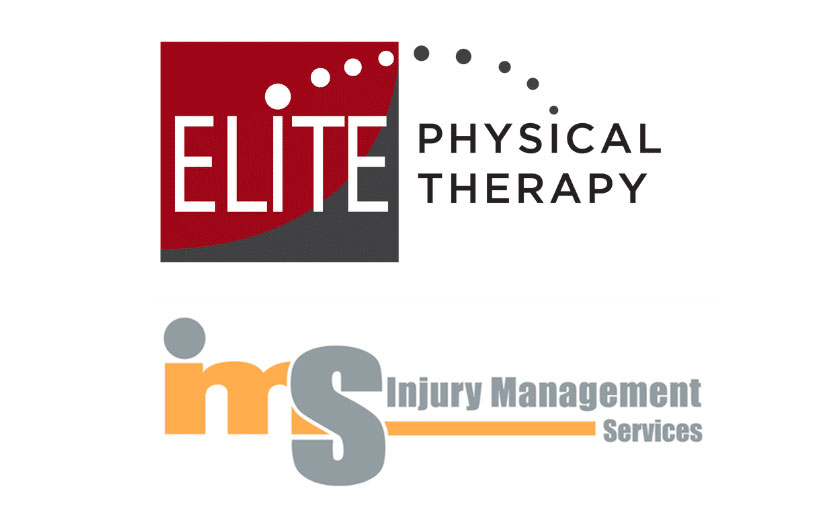Those who suffer from arthritis, back, and joint pain often dread winter weather. But why do we feel this way when the weather shifts into the cold season?
When the temperature drops, most people’s inclination is to swaddle themselves up to keep warm. This reaction is due in part to our muscles reacting to the cold – they tighten, contract, and become more rigid as a result. This in itself can cause soreness and aches in your body just due to prolonged contraction of muscles – you might not intentionally be flexing, but your back, arms, or legs are getting a tiny workout. Many people think that the reason behind our aches and pains during winter is simply the temperature itself – your body does contract and tighten in cold as opposed to warm, but it is not the only cause.
When you can “feel” weather moving in – unfortunately that does not indicate an intuitive quality, but it is 100% real. Your body can feel shifts in barometric pressure, from your muscles to your brain. It can shift the way your brain registers feelings in conjunction, so while most people joke about predicting the weather with their knee or hands, chances are they do have an ailment that is more sensitive to these changes in weather patterns and pressure. Particularly those with arthritis tend to feel these effects heavily – and generally the lower the pressure, the more painful the arthritis pains.
Many people experience the aches and pains of arthritis, especially as they age. In fact, arthritis is the most common chronic condition in people over age 65 in North America. While once thought of as a death sentence for an active lifestyle, we now know that maintaining and even progressing physical activity can help with arthritis symptoms.
Osteoarthritis (OA) is the most common form of arthritis and results from degeneration of the cartilage that cushions joint surfaces. In other words, the smooth lining that helps bones roll and glide on each other with ease wears down, causing stiffness, pain, swelling, and decreased blood flow to that area.
Where there was once cushion to absorb shock and reduce friction with activities like jumping, bending, squatting and loading, now there is more friction on contact of bone on bone.
This causes dull, achy, nagging pain at one or multiple joints. Usually people who experience OA have the worst pain in the morning, and it gradually improves throughout the day. However, if swelling is present, it may increase as a person uses the joint more during the day. For instance, if the knee is swollen, the swelling may be worse after walking or prolonged standing.
The most common joints affected by OA are the hips, knees, hands and feet. It’s also frequently seen in the shoulders, spine, and ankles. A variety of risk factors contribute to developing OA, both modifiable and non-modifiable.
See below for a list of each.
Risk Factors for Osteoarthritis
Modifiable
- Obesity
- Repeated stress on joints
- Body mass index
- Physical activity level
Non-Modifiable
- Age
- Gender (more common in women)
- Genetics
- Bone deformities
So – how do you manage these frequent arthritis and aches & pains during the winter?
There are ways physical therapists can help you alleviate some of the aches from arthritis and the cold as well. Exercise helps. Here’s the breakdown. Arthritis causes pain and stiffness in joints. When it hurts to move a joint, people typically avoid moving it, making it stiffer. Stiff joints don’t get good circulation (blood flow). Circulation helps tissues heal. So, when there’s decreased blood flow to a joint, tissue healing decreases, and the joint becomes stiffer because it’s not being moved. Stiff joints also tend to lose range of motion.
Once a few degrees of range is lost when straightening the knee for example, it will change the way you walk and thereby change the way your hip is working as well. As you can see, this becomes a dangerous cycle. Luckily, exercise stimulates circulation to a joint, improving mobility, quality of movement, and tissue healing. Your physiotherapist will help guide you as to what exercises are safe to do and how often to do them so you can stay active and healthy.
Physical therapy is the first step in managing arthritis, as exercise given in the proper dosage can alleviate symptoms and improve overall quality of life. Your ELITE Physical Therapist may use exercises to improve your range of motion, strength, flexibility, and balance. They may also perform manual therapy, such as soft tissue and joint mobilization, to improve circulation and quality of movement in a particular area. These tools will help reduce your symptoms and restore your ability to do things like swim, lift weights, or walk.
Some additional things you can do to prevent cold weather and arthritis pains this winter include:
1. Keep Moving!
If you can’t exercise outside, get inside and exercise daily. Whether at a fitness center or in your living room, 30-45 min. per day of strength, cardio and flexibility training is important to keep those cold weather pains away.
2. Stay Hydrated.
Sometimes when the weather is colder, we may not drink enough water. Water helps keep your system balanced, your joints lubricated and your system flowing. It allows for easy secretion of wastes and helps your body run smoothly.
3. Check your Vitamin D.
In the winter months, we are more susceptible to being Vitamin D deficient. Oregon State University researcher, Adrian Gombart, reports that 70% of Americans have insufficient levels of Vitamin D. Low levels of Vitamin D can cause muscle, bone and joint pain. Check your levels with your family doctor.
4. Warm Up!
Taking hot baths, warm showers and saunas are a great way to relieve cold weather pains. The warmth improves circulation and mobility in those cold, stiff joints experiencing cold weather pains.
Once we reach the age of 50, orthopedic pain is the leading cause of disability for people worldwide. Keeping our bodies moving and healthy is the key to our quality of life.
So you don’t have to let cold weather pain or arthritis slow you down this winter. You can maintain your healthy lifestyle and stay active without the pain by following the tips above. If you continue to suffer with cold weather pain, arthritis or some other body pain, ELITE Physical Therapists are always just a phone call away. Physical therapists are doctorate level-trained health care professionals who specialize in keeping the body moving and healthy throughout life. It’s never too late to start, and physical therapists can prescribe programs uniquely designed based upon what you need. Seeing a physical therapist is easy as you can come directly to us without a doctors referral. Most insurance plans cover physical therapy services.
Not sure where to start? Contact your ELITE Physical Therapy to learn how you can manage this season’s ailments and put together a treatment plan to manage it long-term. If you are experiencing chronic pain or need help recovering from an injury, ELITE Physical Therapy can help.
We are HERE for you NOW, and WHEN you need us!




